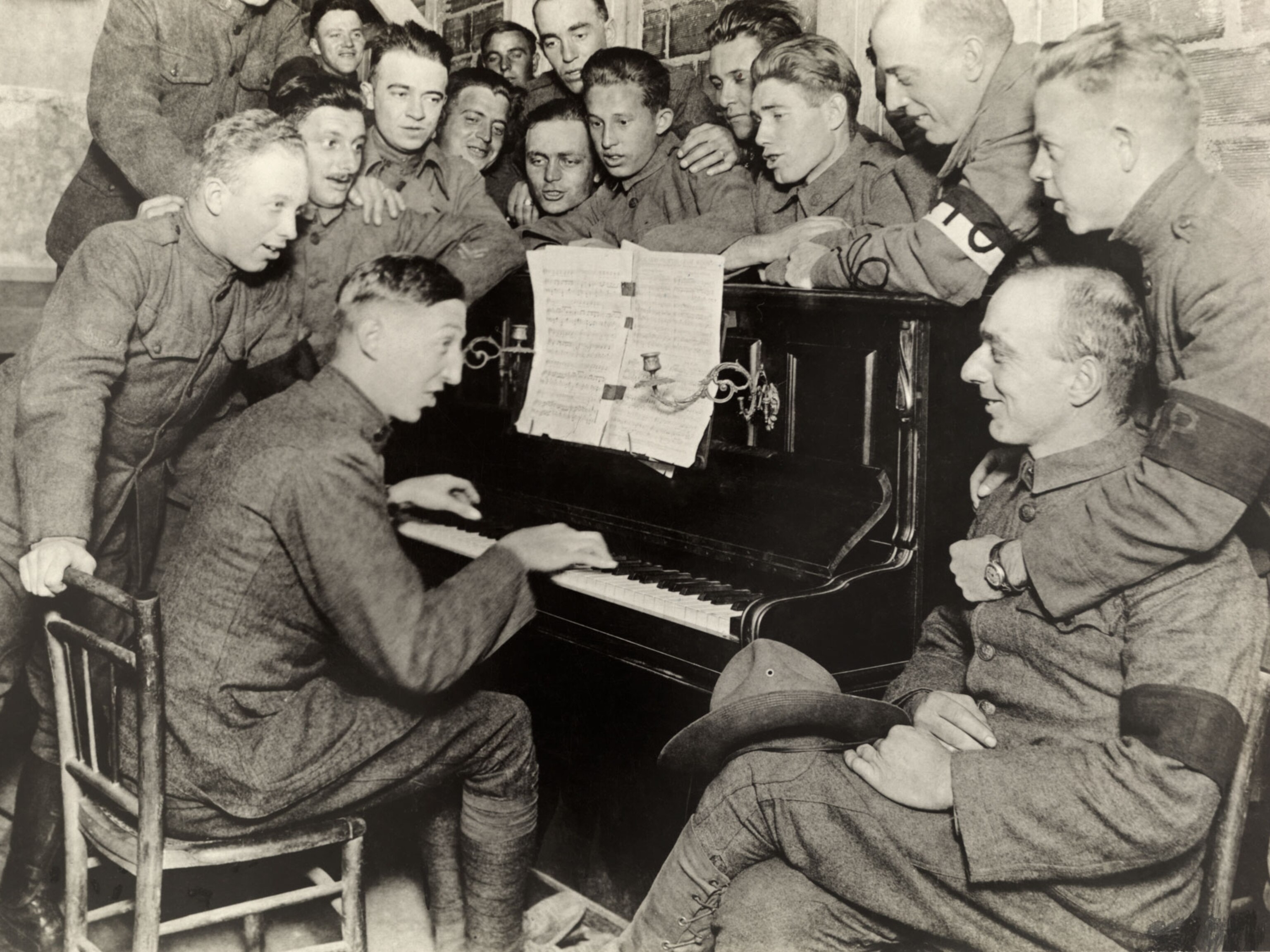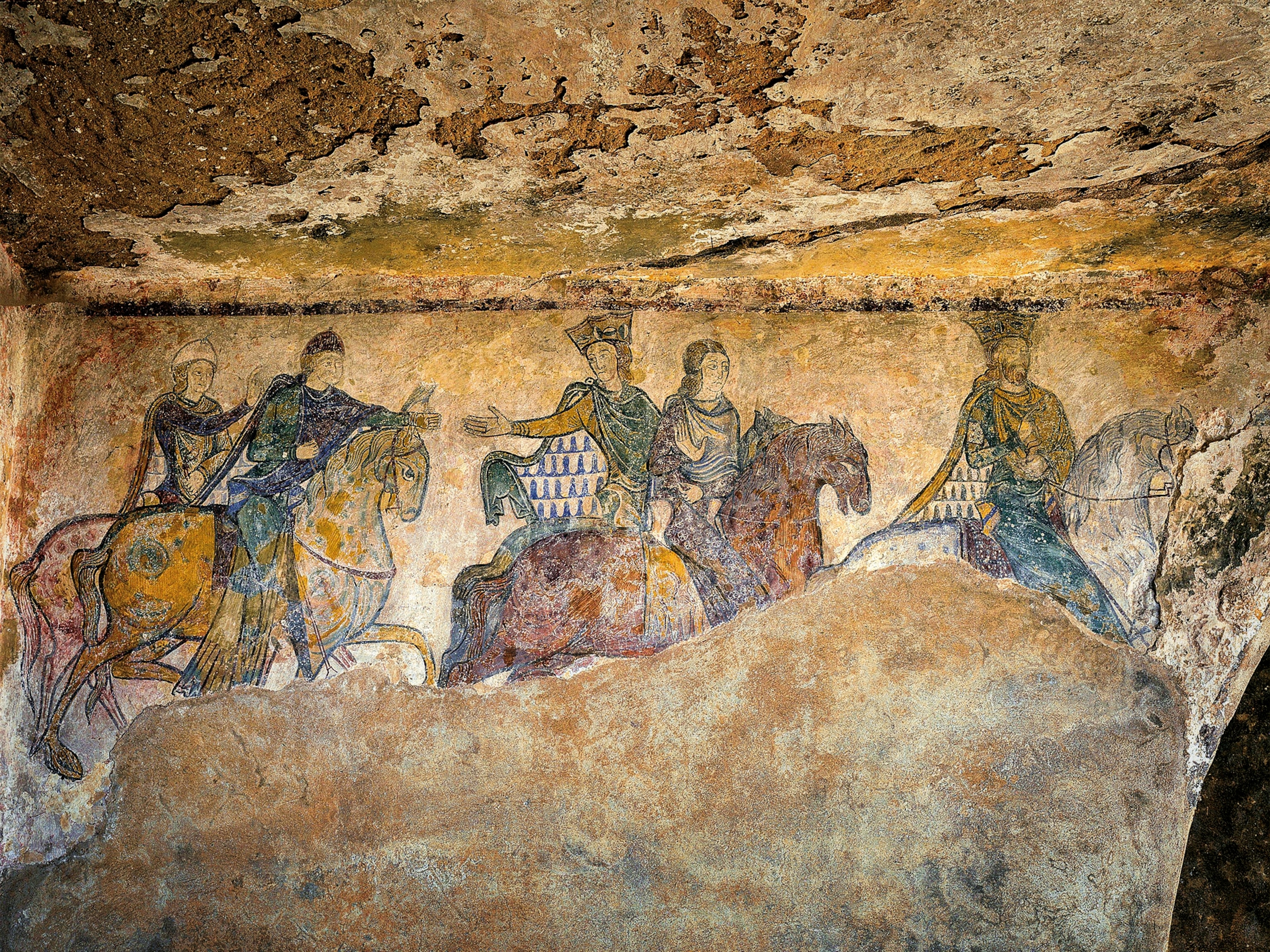
Bastille Day celebrates the rebellion that ignited the French Revolution
On July 14, 1789, thousands of Parisians stormed the prison to protest King Louis XVI's abuse of power. It was a defining moment of the revolution that toppled the monarchy.
When angry commoners stormed the Bastille in Paris on July 14, 1789, they struck a blow against one of the monarchy’s most forbidding symbols.
The infamous prison no longer exists—it was destroyed in a bout of revolutionary fervor a few months later—but its legacy can still be felt in celebrations across France on Bastille Day, or la Fête Nationale (the national holiday), the anniversary of one of the defining moments of the French Revolution.
The origins of an imposing prison
The imposing, eight-towered Bastille was built in 1357 to protect Paris against English invaders during the Hundred Years’ War. Intended to fortify the city’s eastern gate, the Port Saint-Antoine, the Bastille was surrounded by a moat and equipped with a series of dungeons. Over time, though, its purpose evolved, and it became a state prison—and a potent symbol of royal overreach and the suppression of free speech.
In pre-revolutionary France, the king had the power to issue lettres de cachet—a royal edict sending his subjects to jail with no trial, no release date, and no appeal. Many monarchs abused this power, dispatching the letters to political dissidents or using them to punish pornographers, publishers of seditious texts, and unruly young nobles who damaged their families’ reputations with unsanctioned marriages or extramarital affairs. Thus many of the Bastille’s detainees were aristocrats or writers, like the Marquis de Sade, though some were commoners who had been arrested for petty crimes like theft.
As time went on, fewer and fewer prisoners were held at the Bastille. Its aristocratic detainees even lived in relative comfort. By the time Louis XVI’s reign began in 1774, the Bastille housed only 16 prisoners a year—yet still loomed large in the minds of commoners who were starting to chafe under the monarchy.
A backlash against the monarchy's excesses
Louis took power in the midst of a financial crisis due to overspending and years of expensive wars. Though he and his wife, Marie Antoinette, lived a lavish lifestyle, the state was nearly bankrupt, and the public struggled with food shortages, mass unemployment, and high taxes. (Ladies at Versailles scrambled to keep up with the queen's extravagent fashion taste.)
At the time, French society was divided into a strict hierarchy based on three social orders, or estates. In times of crisis, the king could convene a representative assembly, known as the Estates-General, to help address pressing issues. In May 1789, Louis XVI summoned representatives of the First (clergy), Second (nobility) and Third (commoners) Estates in an attempt to solve the nation’s financial woes.
The move backfired. The assembly reached a political impasse and, in mid-June, the Third Estate, which represented the vast majority of French society yet had less power than the other estates, broke off and formed a national assembly. Inspired by Enlightenment principles and emboldened by the recent American Revolution, they demanded a constitution and the ability to make law for the people, by the people.
Louis responded a few weeks later by firing his finance minister, Jacques Necker, who had showed support for the Third Estate. The revolutionaries saw this—and a buildup of royal troops throughout Paris in early July 1789—as proof that the king planned to purge his government of all republican sympathizers. In response, people took to the streets to protest, clashing with soldiers along the way.
A revolution begins
On the morning of July 14, 1789, thousands of revolutionaries seized a massive cache of arms from the Hôtel des Invalides, a military complex. But they had no gunpowder for their new weapons. So a crowd of about a thousand then converged on the Bastille, determined to obtain its rumored stash of gunpowder and secure the prisoners’ freedom. Unbeknownst to the revolutionaries, only seven people were imprisoned there at the time. (Who was the nameless Bastille prisoner who wore an iron mask?)
In the early afternoon, the crowd pushed into the fortress’s outer courtyard. Prison guards fired on them, and fighting broke out as royal guards stood by. The battle raged for hours until Governor Jourdan de Launay, who oversaw the prison, capitulated and opened the fortress’s inner gates. The revolutionaries stormed in, freed the prisoners, and took the gunpowder. They killed at least six prison guards, beat and stabbed Launay to death, then put his head on a pike to display.
About a hundred people died during the Storming of the Bastille, and the event is now remembered as one of the pivotal events of the French Revolution. Over the 10 years of upheaval that followed, France would execute its king and queen—and countless others—and transform into a republic. The building that had once stood as a monument of monarchical tyranny was now a symbol of liberty—and within months, it was demolished in a symbolic gesture. Its bricks were distributed throughout France and the world as souvenirs. (A French revolutionary's 200-year-old blood may reveal the disease that struck him down in life.)
Since 1880, France has celebrated July 14 as its national holiday, and usually a military parade and fireworks mark the occasion in Paris. On July 13 and 14, firefighters all over France open their stations to the public for all-night dance parties with plenty of free champagne.
Editor's note: This story originally published on July 13, 2020. It has been updated.







